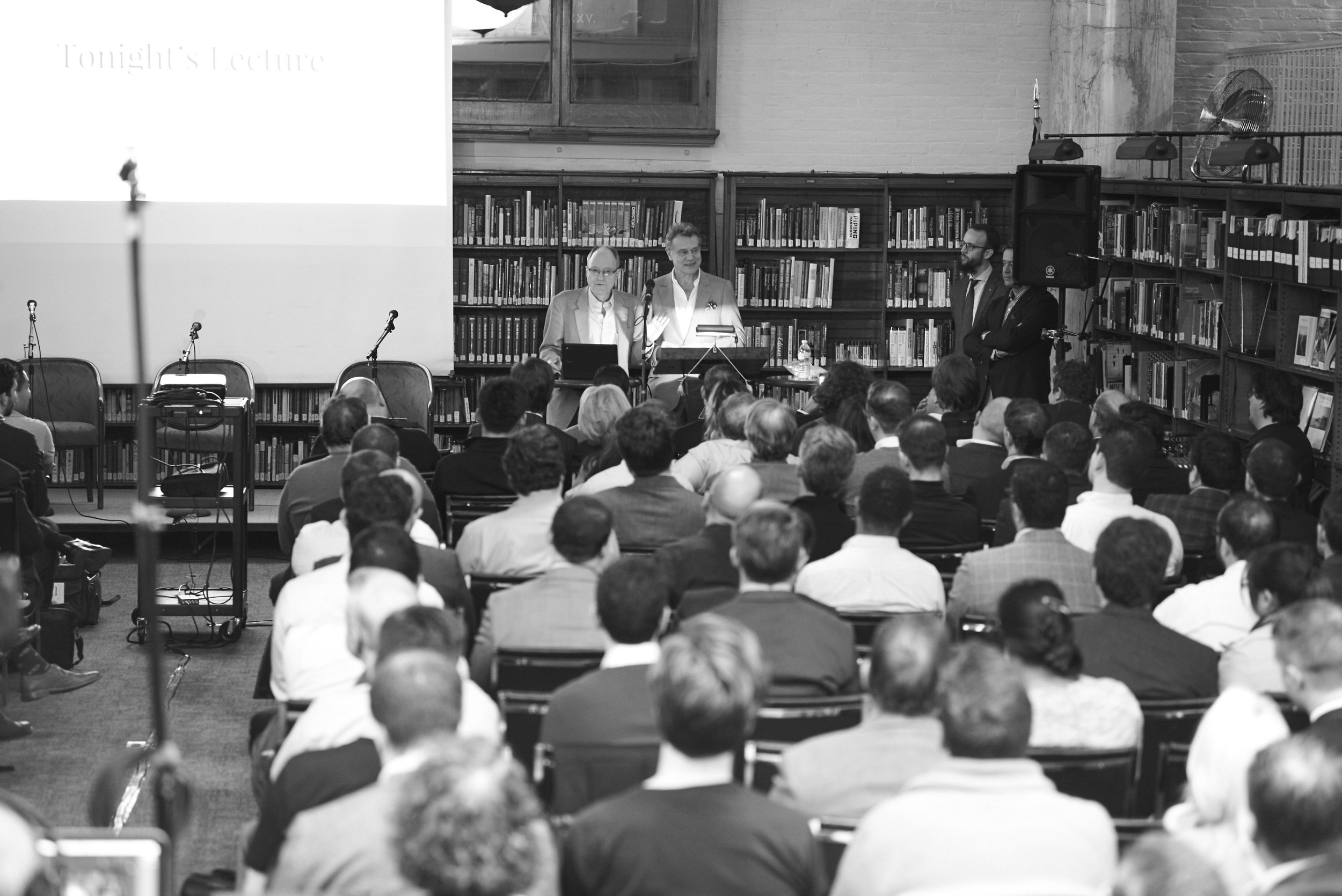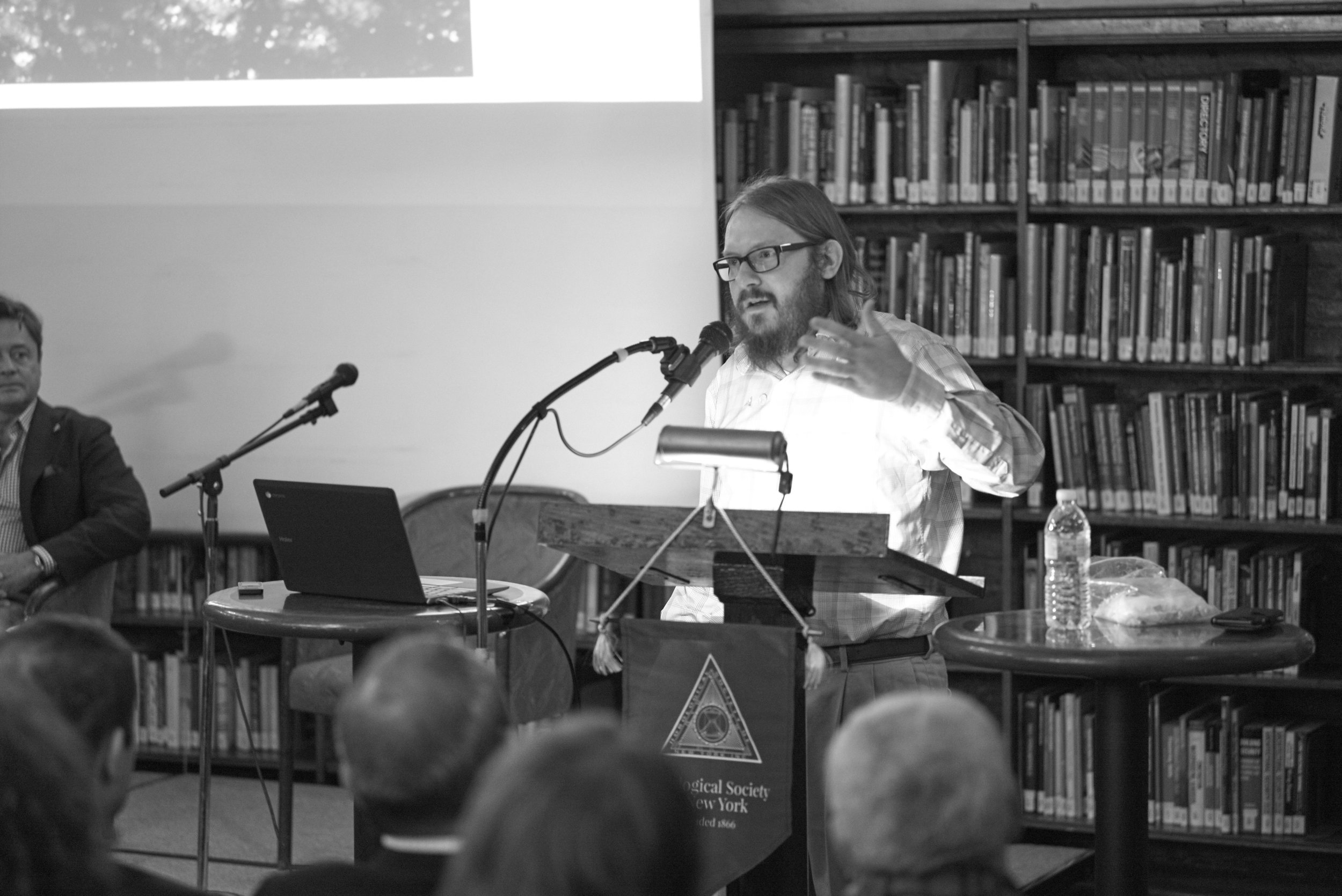Hosted by François-Paul Journe, Founder, Montres F.P. Journe, Switzerland
October 24, 2016
The October 24, 2016, meeting of the Horological Society of New York had one of the largest turnouts in recent years. Members and guests came from across the country to hear François-Paul Journe, Jack Forster, Pierre Halimi Lacharlotte and Keith Lehman discuss the development of calendars and their importance in human societies from early times to the present. The first watches showing the date were made more than two centuries ago, today they have evolved into ultra-complicated timepieces.
We learned that calendars made by the Aztecs and the Babylonians have some similarity, as they are based on the number 360. This is significant because we measure time by the yearly cycle of the Earth around the sun, which is approximately the same. Calendars were important in early societies to keep track of planting seasons and religious events. Furthermore, five extra days were not counted in some primitive methods of calculating the year, similarly to leap days added in modern times.
We now realize that telling the right time involves more than just hours and minutes, we have to also consider the complication of day and date. Thanks to all the speakers for enlightening us on this topic. Special thanks to Mr. Journe and the National Watch & Clock Museum for displaying their calendar pocket watches which are rarely seen.
Submitted by Walter Pangretitsch, Recording Secretary
Photos by Atom Moore
Video recordings of meetings are available to HSNY members.










